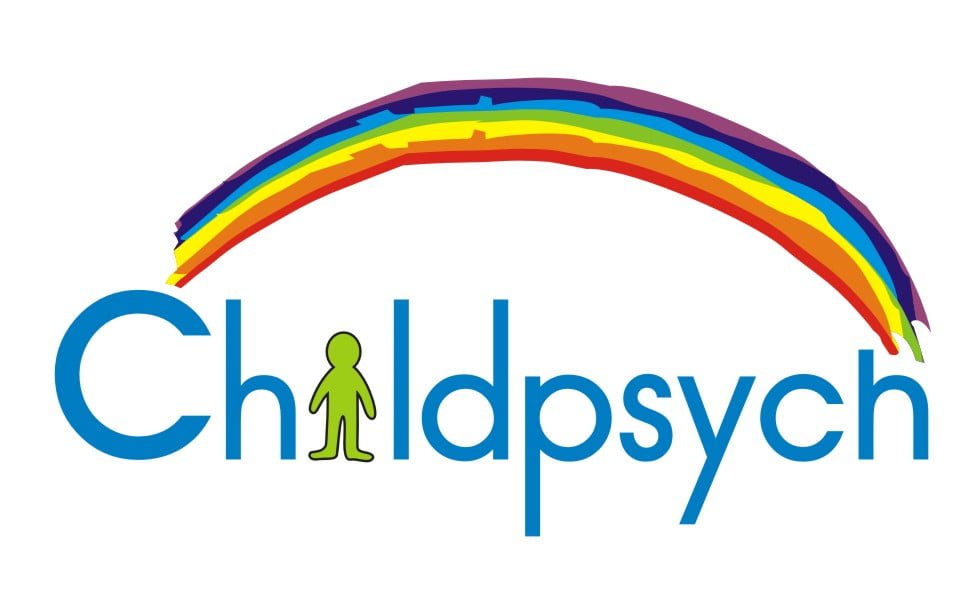Bilateral integration is the ability to use the two sides of the body together in a coordinated way. We need bilateral integration to get through a myriad of tasks on a daily basis. Think for instance of the way your hands and arms work together when you eat your bowl of cereal while standing up, or when you tie your shoelaces or get dressed and undressed.
How does Bilateral Integration develop?
When babies are first born they tend to flail their limbs about seemingly at random. Without much control or coordination. And only as they get older do they learn to use the two sides of the body together. Many developmental milestones like eye-tracking, grasping an object with two hands and crawling are all about bilateral integration.
Development happens in a Cephalocaudal and Proximodistal way. These are really big words which basically just means that development happens from the head downward and from the middle of the body outward.
Crossing the midline:
This is an important aspect of bilateral integration. Imagine for a moment an invisible line running down the middle of your body. Literally from the top of your head down to between the big toes of your feet. Crossing the midline means that you are able to cross one side of your body over this imaginary line to work on the other side of the body.
Some children find it difficult to do this. They might start drawing a horistontal line from the left with their left hand, but then they swap the pencil to their right hand when they come to the middle so that the right hand can continue drawing the line to the right side. Sometimes, children may also shift in their seat so that their entire body rotates to one side to avoid having to cross an arm or hand across the middle of the body.
Difficulties with crossing the midline may result in children NOT:
- establishing hand dominance
- being able to work horisontally across a page from left to right
- being able to read fluently across a page from left to right as the eyes do not work together to track words across the page.
Here are some ways in which you can encourage your child to cross the midline:
- While your playing with toys on the floor, encourage him to lie on his side and to support his head with one hand. This way he will have to reach across his body as he plays with the toys.
- Stick a big piece of cardboard or butcher’s paper onto a wall and have your child draw big “lazy eights” on the paper.
- Play games like Twister or Simon says
- Have our child sit in a circle with some friends and have the children pass a big ball along in the circle
- Play patty cake or crawl like a baby.
- Take out some old pots and pans and have your child use them as a drum set – he won’t even realise that he’s crossing the midline as he bangs away.
- Have your child sit cross-legged on the floor




